[Drawing Press Bd ] Marcel Thierry J.Travel Art Cover Gouache Original Train
The description of this item has been automatically translated. If you have any questions, please feel free to contact us.
[The visuals (many photographs) are at the bottom of the page,
after the description sheet!!]
-
To be continued on ebay...
A large number various original drawings, gouaches or original watercolors,
original models of magazine covers, etc.
From the archives of
Marcel THIERRY
(which also signed M. Thy)
A model maker by training, he worked in the 40s/50s as a very talented illustrator (Realism or Humor)
for the Press, for the Journal "L'Aurore" among others, and especially for the famous "Journal des Voyages"
in its last published series (148 issues from 1946 to 1949)
For the Travel diary, Marcel Thierry created most of the covers, as well as a large part
of the illustration inside the Review
We will be selling on ebay a superb and very important set of these blankets,
very beautiful original works in gouache
The visuals are at the bottom after the description sheet
-
Journal of Travels and Adventures
of Land, Sea, Air.
(6th series, 148 issues published between 1946 and 1949)
Model and original composition
in gouache
for the
Number 70
from 06/26/1947
“The Victory of French Rail"
(Trains)
-
Work on thick drawing paper
-
Good general condition, very correctly preserved
various frictions on edges and corners, folds, dirt or usual stains on the back
(drawing used at the Printing House)
Verso a little yellowed as always, traces of paper, various inscriptions in pencil etc...
see visuals
below at the bottom of the page...
-
dimensions of Leaflet: approximately 31.9x22.4cm
-
Single document!
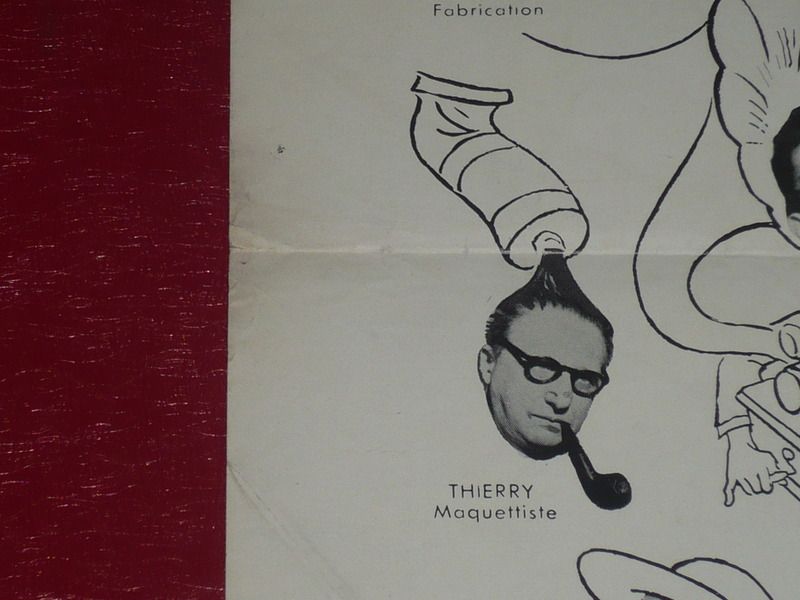
-
History of
Travel diary
1877-1949
6 sets with interruptions, weekly
First series (1877-1896)
The Journal des voyages originates from the periodical On land and sea.
Weekly travel and adventure journal, founded by Charles-Lucien Huard on July 1, 1875 in Paris.
This periodical was then absorbed in July 1877 by a new management team.
At the beginning of 1877, Maurice Dreyfous (1843-1924) joined forces with Georges Decaux with the aim of launching
a weekly on exploration trips aimed at a popular audience.
The Journal of Travels and Adventures of Land and Sea benefits from the experience of a publisher like
Decaux who had taken over the fund of his friend and associate François Polo, creator among others of L'Éclipse,
an illustrated satirical newspaper which disappeared a year earlier.
Dreyfous and Decaux bought the title of Huard, which was experiencing difficulties.
For his part, Dreyfous published numerous popular works; he is friends with Émile Zola and Gustave Flaubert; above all, he had contacts in London and succeeded, among other things, in recovering the travel diaries of the explorer Henry Morton STANLEY who had just discovered the sources of the Congo River which he published in a new collection, the "Library of adventures and travels”, which is enjoying some success. Armand-Désiré Montgrédien is appointed manager.
Delivered on Sundays in order to target families, the periodical therefore has a two-headed management, the Parisian headquarters being located at two addresses: at the Librairie Illustrée, 7 rue du Croissant, and at the Librairie M. Dreyfous, 13 faubourg Montmartre.
It is sold for 15 cents for 16 pages in black and white folio format.
This first formula will last twenty years. Among the first collaborators, we note a certain Jules Gros, who has no equal when it comes to transforming the messy notes of certain travelers into lively stories. A member of the Geographical Society, he left the newspaper one day, overcome by gold fever, and went to found the Republic of Corani, a territory located in the north of Brazil,
and soon proclaimed himself president!
Le Journal des voyages quickly found its audience: its only serious competitor was Le Tour du monde,
journal of travel and travelers published by Hachette.
If Decaux brings a certain number of illustrators back to the newspaper, Dreyfous succeeds in convincing the designer to collaborate
Albert Robida, of which he was also the first editor.
A novelist is particularly noticed by the public: Louis-Henri Boussenard.
The Illustrated Bookstore, which moved to 8 rue Saint-Joseph, significantly expanded its holdings; Decaux and Montgrédien began publishing other periodicals such as La Science Illustrée from 1887 which included some of the journal's authors and illustrators. Robida is entrusted with the new series of Comic World, a sort of humorous illustrated supplement of 6 pages.
Second series (1896-1915)
Le Prince Virgule, great adventure novel by Paul d'Ivoi, poster by Louis Bombled, circa 1900.
The Aviator of the Pacific by Captain Danrit, edition of November 7, 1909.
Ill, Decaux left all his functions from 1890. Its shares were bought in 1894 by the brothers Charles and Jules Tallandier who entered into the capital of the Librairie Illustrée alongside Montgrédien, while Dreyfous initially remained the director.
A new series was born, now delivered on Thursdays instead of Sundays, with a first page in color, after the title merged with three old periodicals: On the sea and on the land, illustrated travel review (1889), Le Monde picturesque and monumental and La Terre Illustrée, the latter becoming a supplement to the newspaper.
In 1900, Tallandier took control of the group and named the geographer Léon Dewez director. The headquarters were located at 146 rue Montmartre, just above the Café du Croissant where Jean Jaurès was assassinated in July 1914. The Journal des voyages became a key player in this district, where almost all the newspapers and printers were concentrated at that time.
After the launch of a new model in 1909, the newspaper was at its peak, when a new competitor dealt a blow to the newspaper's sales, it was L'Intrépide published by the Parisian Publishing Company which targeted young people. adults. A few years earlier, the magazine Je sais tout had already captured part of the adult readership by offering “extraordinary stories and discoveries”, imitating the Anglo-Saxon magazines of the group founded by George Newnes. The arrival of photography in current press editions gradually kills the element of mystery which was the charm of the Journal des voyages where the designers and engravers still have pride of place.
A year after the start of the First World War and still selling for 15 cents, the Journal des voyages suspended its publication, after having devoted its front pages to military stories.
Third series (1920-1921)
The lesson of the 1910s seems to have been learned by the owners of the title, still under the control of Tallandier editions: renamed À l'Aventure: Journal of travel, on sea, on land, in the air, it is now aimed at a JEUNE audience. Relaunched on February 26, 1920, the formula ended on October 13, 1921.
Fourth series (1924-1925)
Tallandier relaunched the title one last time, baptized Le Journal des voyages, journal of scientific recreation on October 16, 1924 and entrusted it to Abbot Th. Moreux, propelled scientific director and Guy de Téramond, literary director, the latter being an extremely prolific novelist who does not disdain the fantasy genre and science fiction. The first issue announces to its readers “The Man with the Tiger Eyes” by Captain George, a terrifying tale mixing transplant and genetic anomaly, and “ Mars will speak to you”: travel has become interplanetary. In competition with Sciences et Voyages, Tallandier transferred the operating license to the publisher Gaston Doin who retained it until April 1925.
Fifth series (1925-1931)
LAROUSSE Editions acquired the title and relaunched it in September 1925: called Le Journal des voyages: tourisme, sciences, SPORTS , the formula attempted to win back an adult audience and lasted until 1931, wiped out by the economic crisis.
Political interlude (1931-1938)
Strangely, Le Journal des voyages became, under the leadership of Henri Vasseur, a political monthly close to the SFIO, where Marcel Déat had his column. Appearing irregularly, the title went dormant in 1938.
Sixth and final series (1946-1949)
The newspaper was reborn from its ashes in April 1946, resuming its original title. A four-color cover, two-color pages, the target is the JEUNE audience. The weekly is gradually being won over by the values of scouting, subtitling “Journal de la Jeunesse” with front pages that are less and less carefully illustrated, due to a lack of quality paper and probably resources.
The title disappeared at the end of 1949.
As always, combined shipping costs in case of several purchases...
-

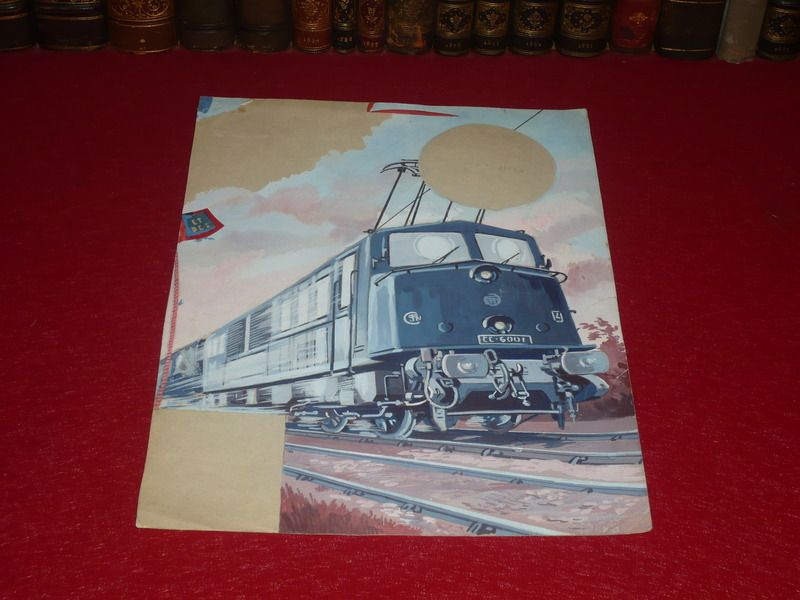
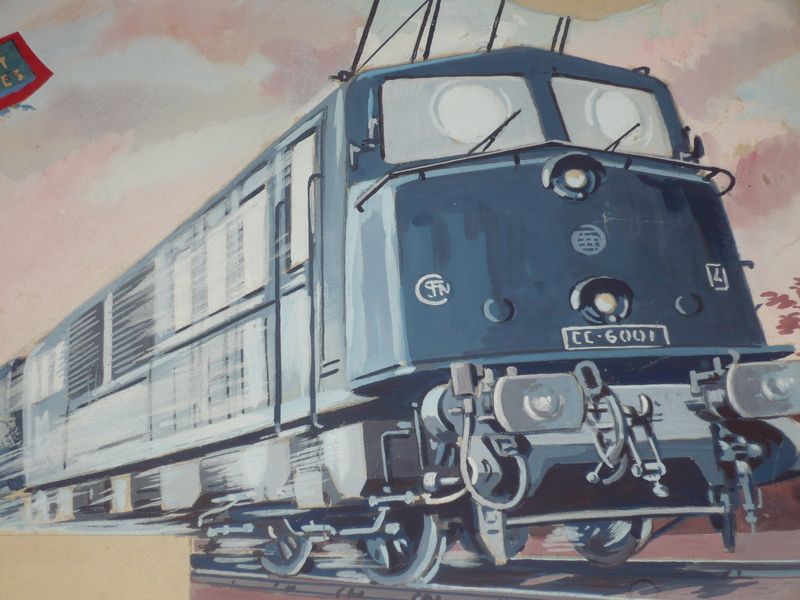
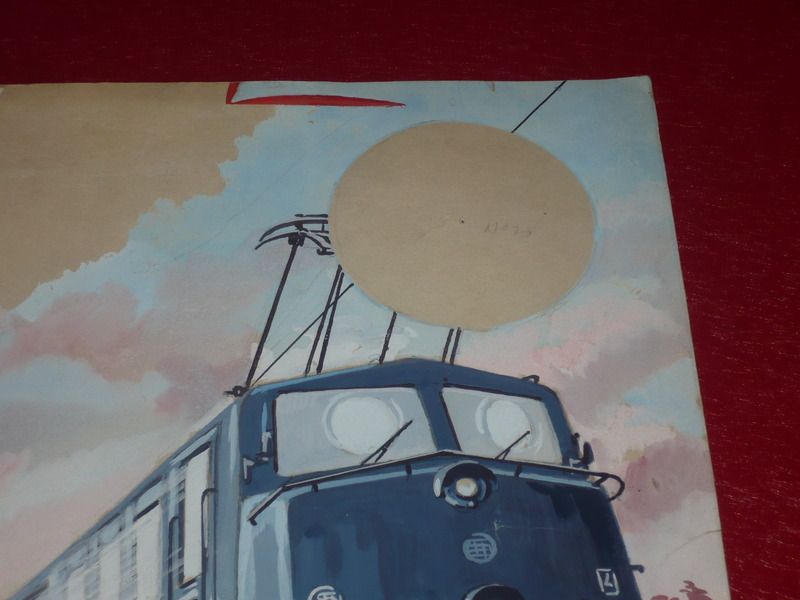

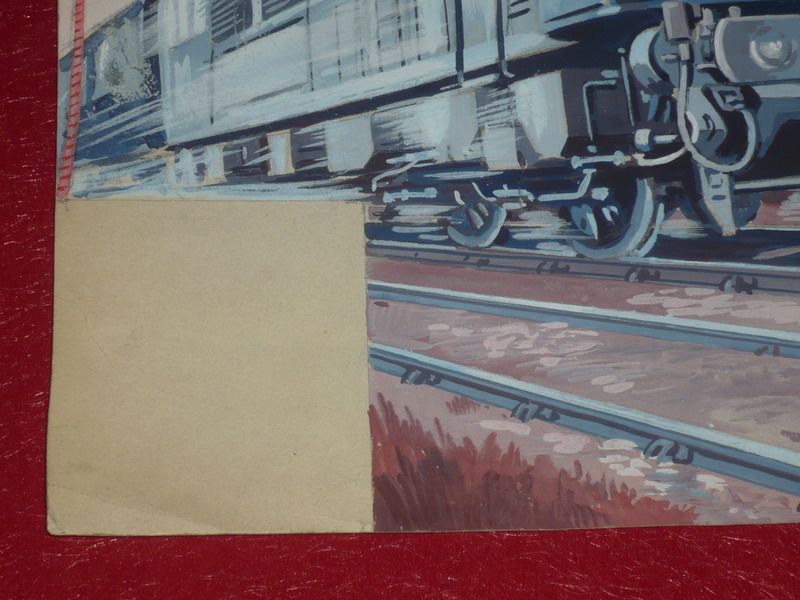
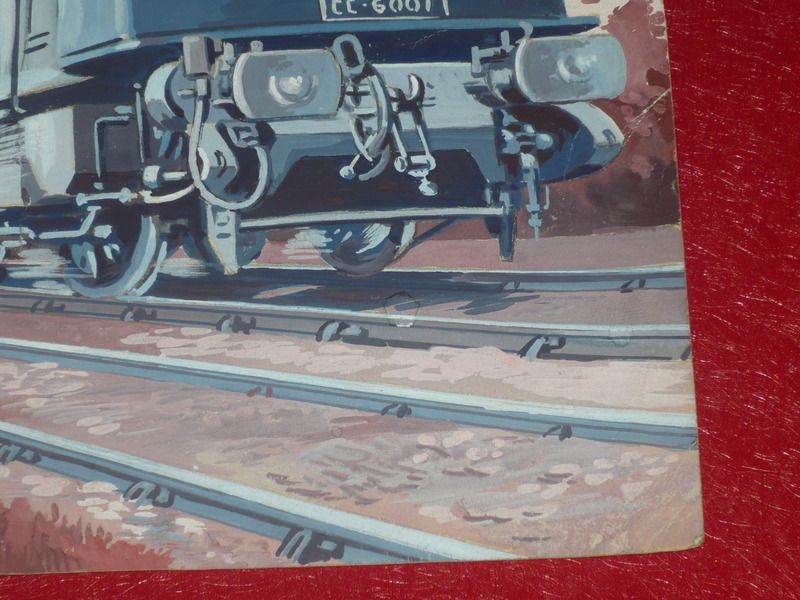
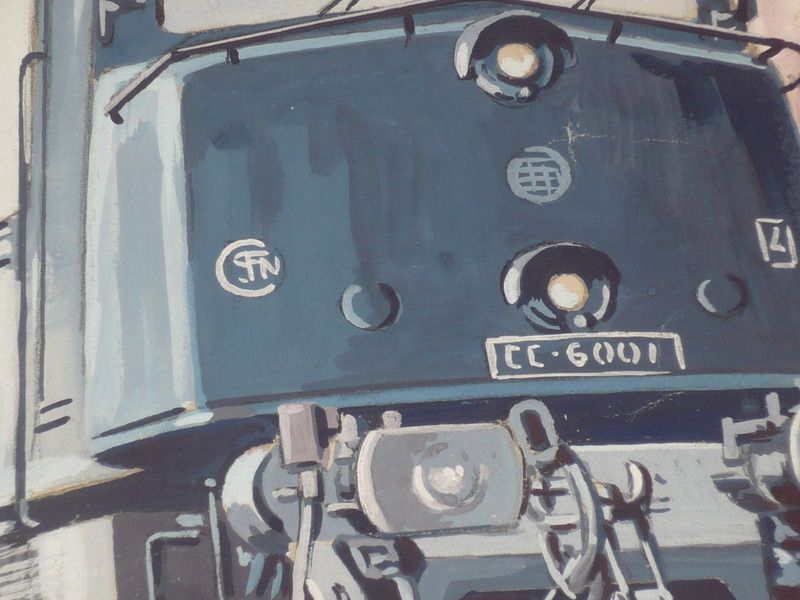
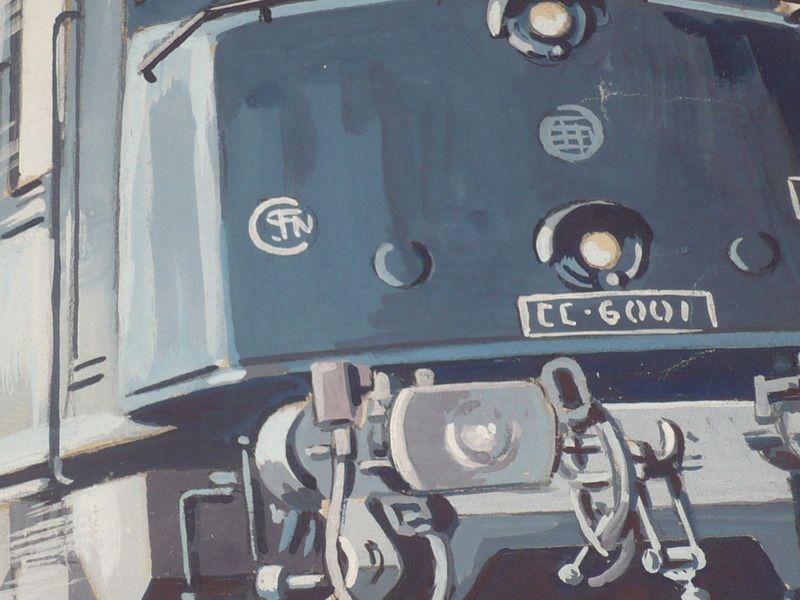
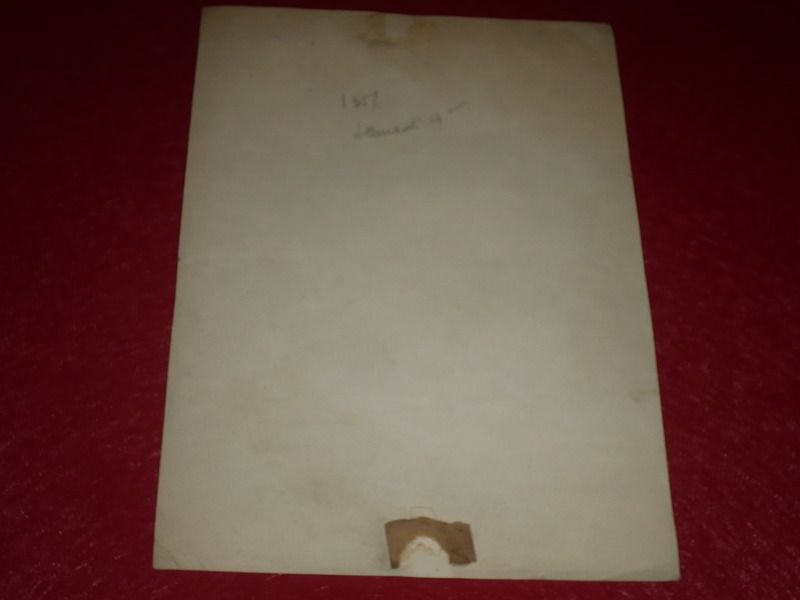

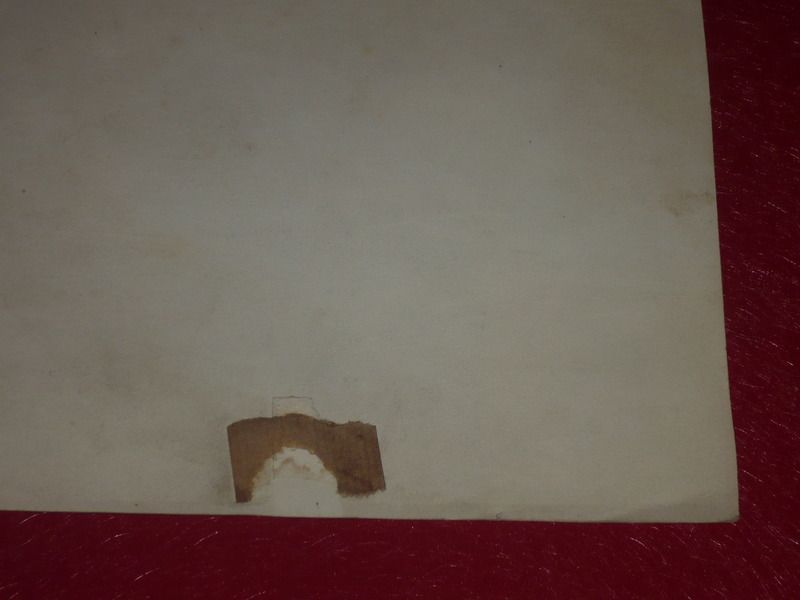
Below is the final state of the cover, as published:

<meta http-equiv="Content-Type" content="text/html; charset=UTF-8"><meta name="viewport" content="width=device-width, initial-scale=1.0">
<style>
img {
max-width: 100%;
}
</style>